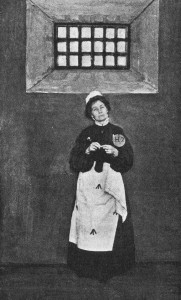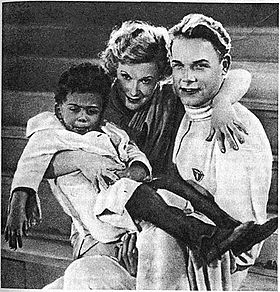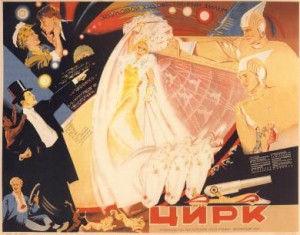Eduard Bernstein composed “Evolutionary Socialism” as a response to the stigma the “Communist Manifesto” had created, while also addressing the problems he saw with this specific work. Almost fifty years after the “Communist Manifesto” had been published, Bernstein saw many of Marx’s predictions to be incorrect and out of touch with the changing world. Bernstein came from modest means as a jewish child growing up in Germany, which perhaps helped lead him against capitalist economics. He starts off by addressing how the average person does not really understand the ramifications of socialism and would eventually end up repeating some random phrase he heard on the street ((Evolutionary Socialism, 1899)). This jab at socialism’s integrity leads to Bernstein’s so called ‘reassessment of socialism’.
Bernstein agrees with Marx on the conditions that lead to socialism. He sees the alienation of the worker from production and the hurtful effects of the boom and bust system. However, Bernstein believes socialism must take control as a political party rather than Marx’s inevitable call for revolution. This is the basis for Bernstein’s idea of democratic socialism. He believed a revolution would be filled with inconsistent views, as the working class at this time had become much more varied in their political and economic means ((Evolutionary Socialism, 1899)) . An agricultural worker would probably not have the same opinions as a factory worker, which in return could lead to more fighting in the end.
Bernstein also critiques Marx’s idea that a government would be able to manage every worker, business and land holding. To nationalize the entire state would require a huge government that would need to be filled with high talent for management ((Evolutionary Socialism, 1899)) . I find Bernstein’s critique on this a little puzzling because he does not actually offer a solution to this problem.
Is England’s motto of fending for yourself a deterrent to socialism? Do you believe a socialist political party would be more successful than a revolution? Do you agree that a government would not be able to manage such a complex economy?




